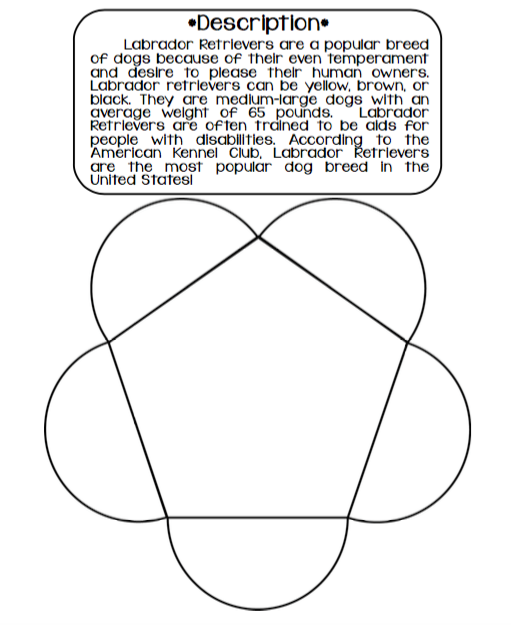Good Morning Rebels
Today we will continue unit 2 and learn about author's purpose.
Thank you
Mr. Trumble
Do Now:
- Write tonight's homework in your agenda
- Make sure you have 5 colored pencils (Different Colors: Red, Orange, Green, Blue, Purple)
Homework:
- Complete page 31 in Your notebook & upload a picture
Interactive NotebookTable of Contents
Page 1 - Username & Passwords
Page 2 - STAR Assessment Data Tracking
Page 3 - Unit 1 Title Page
Page 4 - The Literary Elements Notes
Page 5 - Figurative language Notes
Page 6 - Chromebook Shortcuts
Page 7 - The 4 C's & Discussion Sentence Stems
Page 8 - Reading Strategy Questioning
Page 9 - Reading Strategy Questioning
Page 10 - How to Respond to Literature
Page 11 - Using Transitions
Page 12 - Setting
Page 13 - Characterization
Page 14 - Characterization Words
Page 15 - Point of View
Page 16 - Internal vs. External Conflict
Page 17 - The 4 Types of Conflicts
Page 18 - Elements of Plot
Page 19 - Plot line
Page 20 - Theme
Page 21 - Theme Tree (Christian the Lion)
Page 22 - Theme Tree (Freak the Mighty)
Page 23 - Mood & Tone
Page 24 - Types of Characters
Page 25 - Character Analysis
Page 26 - Unit 2 Title Page
Page 27 - Informational Vocab.
Page 28 - Articles with Multiple Categories
Page 29 - Outlining an Informational Article
Page 30 - How to Write a Summary
Page 31 - Author's Purpose
***Be sure:
- You do not skip any pages
- Use the front & the back of each page
- Every Page Needs a Title
- Every Page Needs a Date
- Every Page Needs a Page Number
Activity #1
Author's Purpose
Standards:
RI6.6 Determine an author's point of view, or purpose, in a text and explain how it is conveyed in the text
Directions:
Author's have a variety of reasons, or purposes, for writing. As a reader it is your job to determine what that purpose is! It will help you to analyze the writing, and will allow you to make better inferences and conclusions.
Step 1 - color Code your Graphic organizer so that each category is matched by color (See my example)
Step 2 - Glue in the Graphic Organizers (See pictures below
Step 3 - Write the definition of each Authors purpose in the graphic organizer
Step 4 - Write the examples
Step 5- Be sure to take a picture of your finished notebook page and upload it to google classroom


















